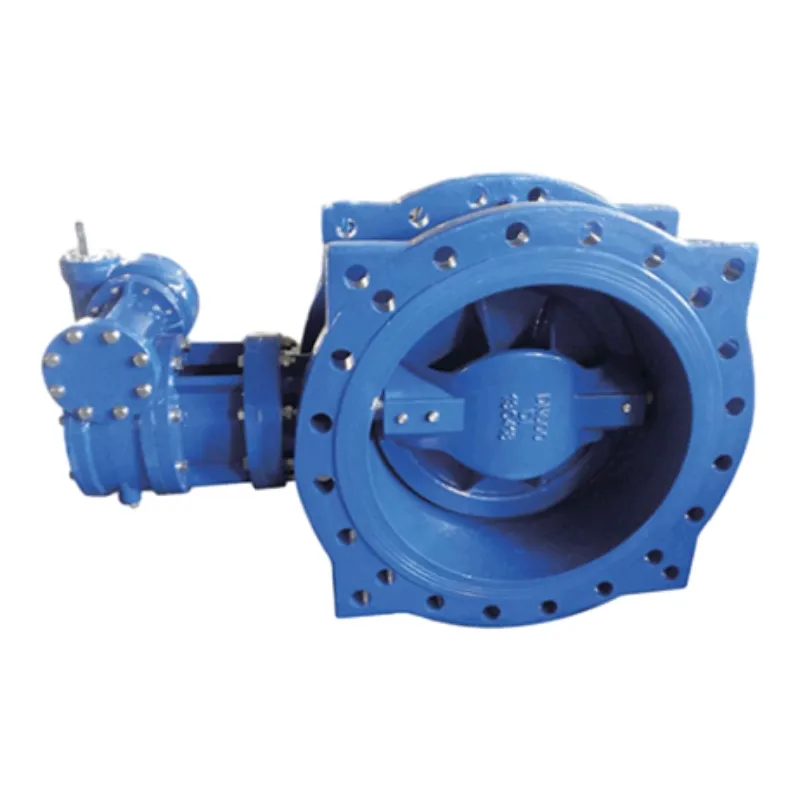9 月 . 30, 2024 18:44 Back to list
Lined Check Valve Applications and Benefits in Industrial Systems
Understanding the Lined Check Valve Significance, Design, and Applications
In the realm of fluid mechanics, valves play a vital role in regulating flow and ensuring system integrity. Among them, the lined check valve possesses unique characteristics that make it invaluable in various industrial applications. This article aims to explore the design, functionality, and applications of lined check valves, emphasizing their significance in maintaining efficiency and safety in fluid transport systems.
A lined check valve is a type of valve designed to prevent backflow in piping systems. It operates automatically—when the flow of liquid or gas moves in the intended direction, the valve opens, allowing passage. Conversely, if the flow reverses, the valve closes, sealing the system and preventing potentially hazardous backflow. What sets lined check valves apart is their internal lining, which is typically made from materials such as PTFE (Polytetrafluoroethylene) or PFA (Perfluoroalkoxy). This lining is crucial for protecting the valve body from corrosive substances and abrasive materials, thereby extending its lifespan and ensuring reliable operation.
The design of a lined check valve incorporates several critical elements. The valve typically comprises a body, a closing mechanism (often a disc or a ball), and the lining material. The body is usually made from robust materials like stainless steel or carbon steel, providing strength to withstand high pressures. The choice of lining material is pivotal, especially in industries dealing with aggressive chemicals. PTFE and PFA offer excellent chemical resistance and are non-stick, making them ideal for applications where residue buildup can be problematic. Additionally, many modern lined check valves feature an audible or visual indication system to alert operators in case of valve failure, enhancing overall safety in operational environments.
lined check valve

The applications of lined check valves are diverse. Industries that frequently utilize these valves include chemical, petroleum, food and beverage, pharmaceuticals, and power generation, among others. In the chemical industry, for instance, lined check valves are crucial for handling corrosive and aggressive chemicals without compromising the integrity of the piping system. In the food industry, they play a key role in ensuring the hygiene and safety of fluid transport. Moreover, their application in wastewater treatment facilities is integral to preventing contamination and protecting public health.
Another significant aspect of lined check valves is their maintenance. Despite their robust construction and corrosion-resistant lining, regular maintenance is critical to ensure optimal performance. This includes periodic inspections, cleaning, and testing the check valve's functionality to prevent failures that could lead to system downtime or hazardous leaks. Additionally, understanding the operational parameters, such as pressure and temperature ratings, is essential for selecting the appropriate lined check valve for specific applications.
In conclusion, lined check valves play an essential role in various industrial applications by preventing backflow and protecting systems from damage caused by corrosive substances. Their unique design features and the choice of durable lining materials contribute significantly to their efficiency and reliability. As industries continue to evolve and face new challenges, the importance of lined check valves in ensuring safe and efficient fluid transport systems will undoubtedly grow. Investing in quality lined check valves and adhering to regular maintenance practices is crucial for organizations aiming to enhance their operational reliability and safety standards. Ultimately, the lined check valve serves as a cornerstone in maintaining the integrity of fluid systems across many vital sectors.
Share
-
Understanding the Differences Between Wafer Type Butterfly Valve and Lugged Butterfly ValveNewsOct.25,2024
-
The Efficiency of Wafer Type Butterfly Valve and Lugged Butterfly ValveNewsOct.25,2024
-
The Ultimate Guide to Industrial Swing Check Valve: Performance, Installation, and MaintenanceNewsOct.25,2024
-
Superior Performance with Industrial Swing Check Valve: The Essential Valve for Any SystemNewsOct.25,2024
-
Industrial Swing Check Valve: The Ideal Solution for Flow ControlNewsOct.25,2024
-
You Need to Know About Industrial Swing Check Valve: Functionality, Scope, and PerformanceNewsOct.25,2024